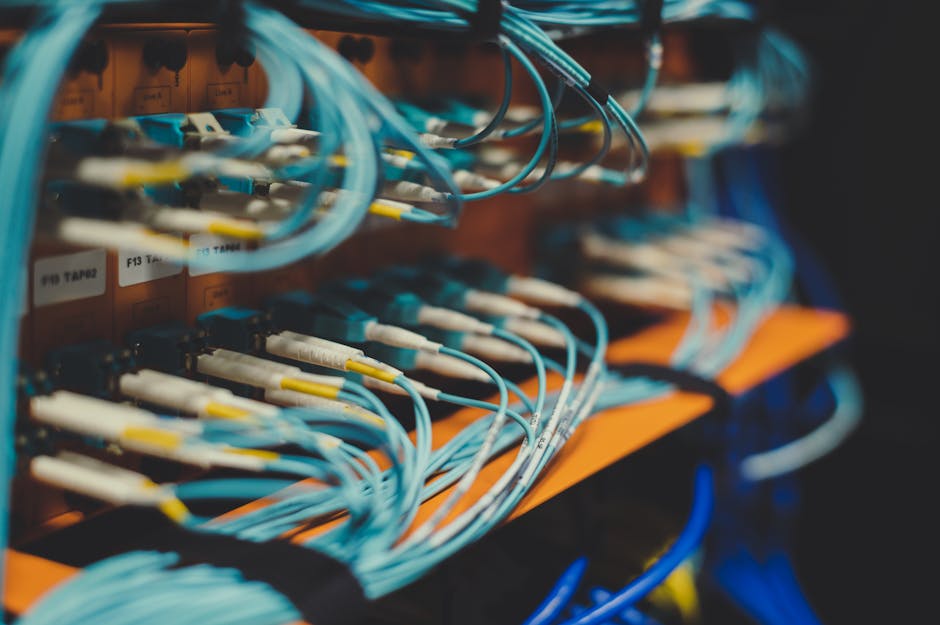In the maze of wires that power our lives, a hero named cable wrap emerges to protect, organize, and enhance our electrical safety. This seemingly simple tool is a champion for both the safety and longevity of our electronic devices. Discover why incorporating cable wrap into your electrical management practices is not just a choice, but a necessity.
Understanding the Basics of Cable Wrap
At its core, cable wrap is designed to insulate and protect wires from external damages and abrasion. Cable wraps come in various materials, including fabric, plastic, and rubber, each offering a unique level of protection and flexibility. This variety ensures there’s an appropriate wrap for every type of wire and environment, safeguarding our electronic investments.
Moreover, cable wraps significantly contribute to preventing electrical hazards. By keeping wires tightly bundled and covered, they reduce the risk of electrical shorts, which can lead to fires or electrocution. It’s a straightforward solution that addresses a complex issue, highlighting the importance of understanding the basics of cable protection.
The Role of Cable Wrap in Electrical Safety
The safety benefits of using cable wrap cannot be overstated. It acts as a first line of defense against many common electrical hazards. Particularly in environments where wires are exposed to potential physical damages, the wrap can prevent cuts, nicks, and other superficial damages that could compromise the wire’s integrity.
Imagine a world where every wire in high traffic areas is a potential safety hazard. Now, introduce cable wrap into this scenario. Suddenly, each wire is no longer a trip hazard or an accident waiting to happen. Cable wrap transforms these spaces into safer environments, showcasing its critical role in our everyday electrical safety.
Types of Cable Wrap and Their Uses
Cable wrap is not a one-size-fits-all solution. For example, spiral wraps offer flexibility, allowing for the addition or removal of cables without much hassle. Braided sleeving, meanwhile, provides durability and abrasion resistance, perfect for environments where wires are exposed to frequent movement or potential harm.
How to Properly Apply Cable Wrap for Maximum Safety
Applying cable wrap might seem straightforward, but there are techniques to maximize its benefits. Start by selecting the correct size and type for your specific needs. Ensure the wrap is snug but not overly tight, to avoid damaging the cables. For extra security, use heat-shrink tubing at the ends to seal the wrap and prevent it from sliding.
Common Mistakes to Avoid When Using Cable Wrap
A common blunder is using a wrap that’s too tight, which can strain the cables and lead to damage over time. Equally, failing to account for heat dissipation can result in overheating, especially in bundles of high-power wires. It’s crucial to select a breathable material if ventilation is a concern.
The Long-Term Benefits of Investing in Quality Cable Wrap
Quality cable wrap not only protects your wires but also extends their lifespan, ensuring your gadgets and appliances run smoothly for longer. It also makes maintenance easier since well-organized wires are simpler to inspect, repair, or replace. The aesthetic benefits shouldn’t be overlooked either; a clean setup is pleasing to the eye and can make a professional or living space look more organized.
Wrapping Up Electrical Safety
Embracing the use of quality cable wraps not only elevates the safety of your electrical setups but also speaks volumes about your commitment to maintaining an organized and efficient living or workspace. The long-term benefits, including reduced risk of accidents, increased longevity of cables, and improved aesthetic appeal, make the initial investment in cable wrap a wise and prudent decision. As we’ve uncovered, a little wrap can go a long way in making a significant impact on our electrical safety and organizational habits.


